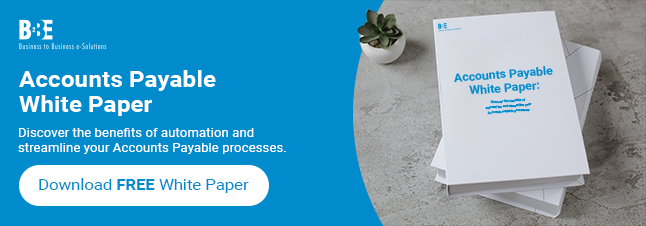In the realm of accounts payable, duplicate payments can be a significant drain on a company’s finances. Such payments not only distort financial reporting but also harm vendor relationships and cash flow management. Therefore, implementing effective strategies to reduce the risk of duplicate payments is essential for maintaining a healthy accounts payable process.
How To Reduce Duplicate Payments in Accounts Payable
1. Establish Clear Policies and Procedures
Having well-defined policies and procedures for processing invoices is fundamental. This includes outlining how invoices should be submitted, the approval process, and payment terms. Clear guidelines help ensure that all team members follow consistent practices, reducing the chances of duplicate payments.
2. Implement an Automated Invoice Processing System
Automation can significantly minimise the risk of duplicates. By using an automated invoice processing system, companies can streamline their workflow. Such systems often include built-in checks for duplicates, as they can flag invoices that match existing entries in the accounts payable system. Automation not only improves efficiency but also enhances accuracy in data entry.
Watch our video round-up below:
3. Regularly Review and Reconcile Accounts
Frequent reconciliation of accounts payable records with vendor statements can help identify discrepancies, including duplicate payments. Conducting these reviews on a regular basis ensures any issues are caught early, allowing for timely resolutions. This proactive approach can prevent financial losses associated with duplicate transactions.
4. Use Unique Identifiers for Invoices
Encouraging suppliers to use unique identifiers, such as purchase order numbers, can greatly reduce confusion. This practice helps ensure that each invoice is linked to a specific order, making it easier to track and verify payments. Additionally, maintaining a record of all purchase orders and corresponding invoices aids in identifying potential duplicates.
5. Train Staff on Identification Techniques
Providing training for accounts payable staff on how to identify duplicate invoices is crucial. This includes educating them about common scenarios that lead to duplicate payments, such as processing the same invoice from multiple departments. By fostering a culture of vigilance, employees can be more proactive in spotting potential issues.
6. Leverage Reporting and Analytics
Utilising reporting tools and analytics can provide insights into payment patterns and discrepancies. Generating reports that highlight outstanding invoices and payments made can help accounts payable teams identify anomalies. Regular analysis allows for quick corrective actions to be taken.
Conclusion
In conclusion, reducing duplicate payments in accounts payable is not just about implementing one strategy; it requires a combination of policies, technology, and training. By establishing clear procedures, leveraging automation, and continuously monitoring processes, businesses can significantly mitigate the risk of duplicate payments. This ultimately leads to better cash flow management and healthier vendor relationships, contributing to overall financial stability.
Learn more about B2BE’s Accounts Payable solution, and improve your invoicing process with Managed Customer Invoice Distribution.
About B2BE
B2BE delivers electronic supply chain solutions globally, helping organisations to better manage their supply chain processes, providing greater levels of visibility, auditability and control. We’re driven by a passion for what we do, inspired by innovation, and underpinned by a wealth of knowledge. With over 20+ years of experience, the B2BE teams operate worldwide.
For more information, visit www.b2be.com.

